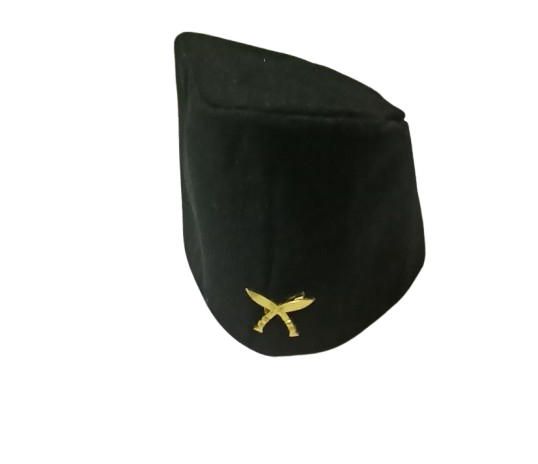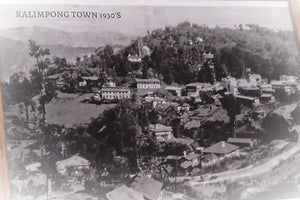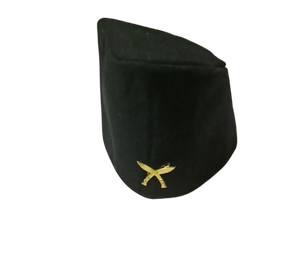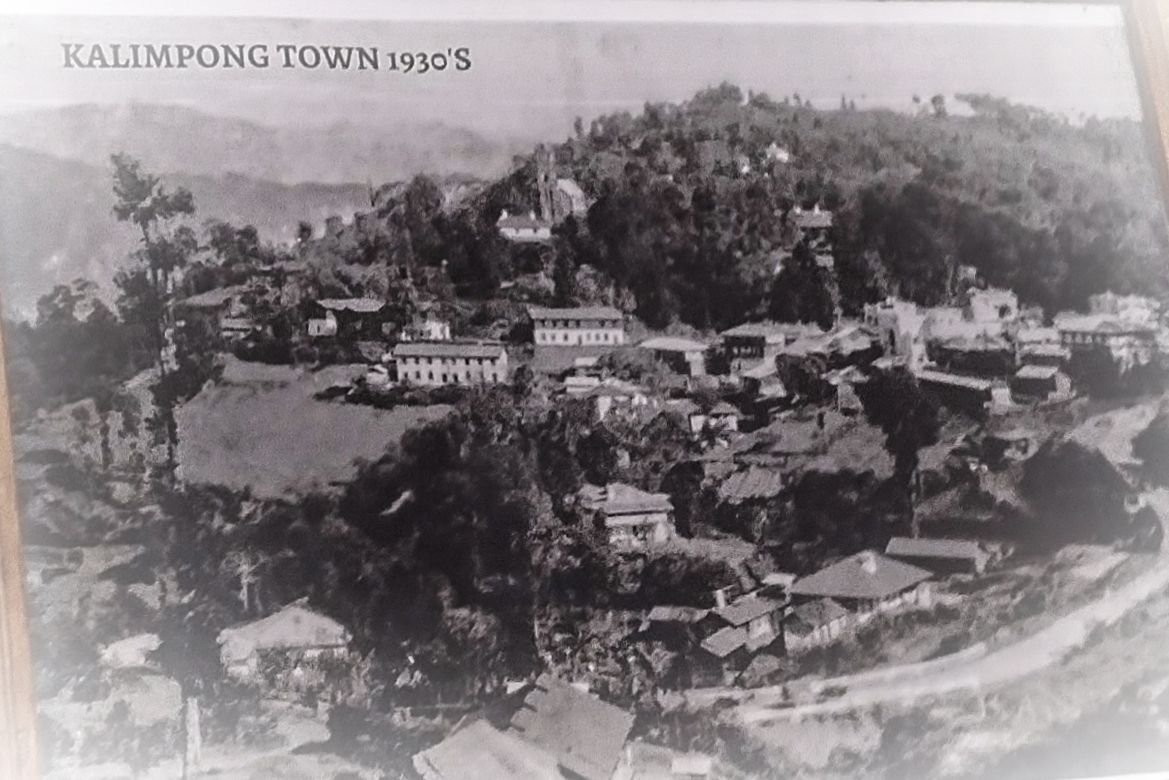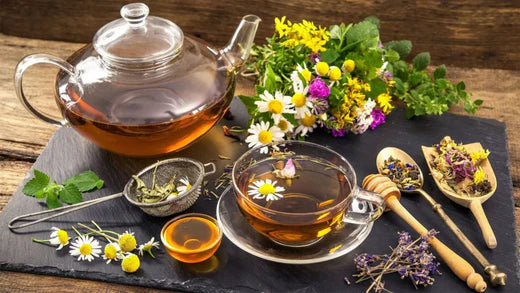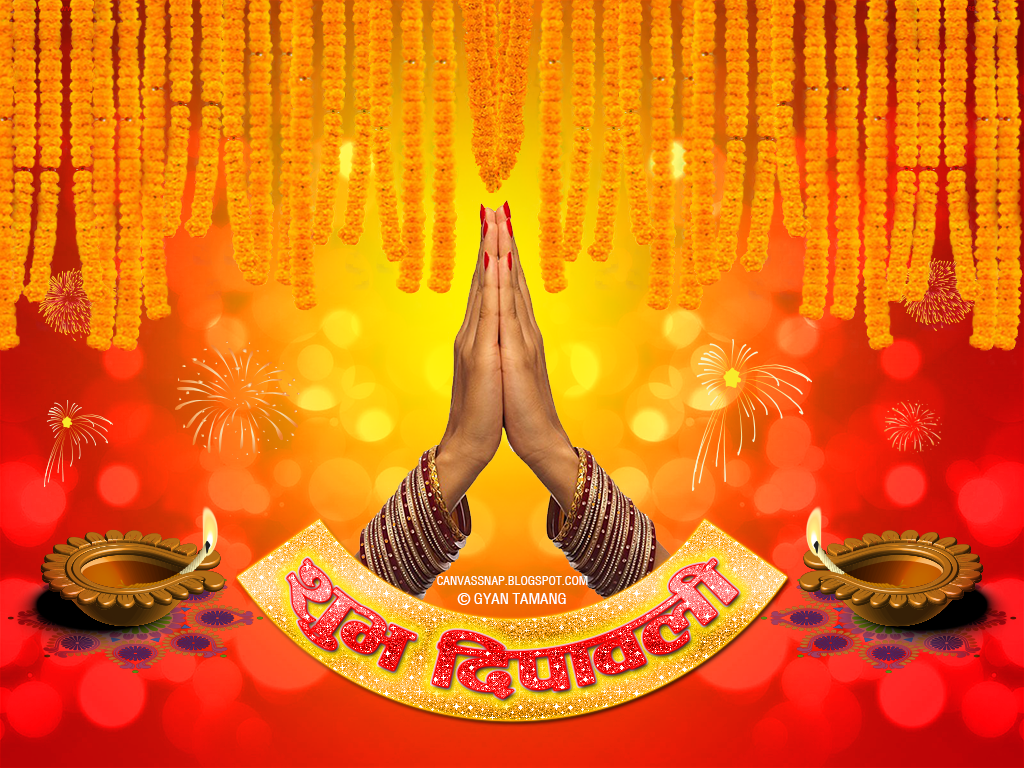The Nepali Topi is more than just a headwear; it is a symbol of cultural pride, tradition, and identity. Whether it is the Dhaka Topi or the Bhadgaunle Topi, wearing it carries deep meaning and etiquette. In Nepal, the way a topi is worn can signify caste, confidence, and even marital status.
1. The Cultural Significance of the Nepali Topi
Worn predominantly by men, the topi is an essential part of the Daura Suruwal, Nepal’s national attire. It represents heritage, unity, and national pride. People wear it with pride, especially on formal occasions such as Dashain, Tihar, weddings, official meetings, and Topi Diwas (celebrated on January 1st).
2. Topi Wearing Etiquettes
While wearing a topi, certain cultural etiquettes should be followed to show respect and tradition:
-
Proper Fit: The topi should sit properly on the head—neither too tilted nor too loose.
-
Formal Occasions: Wearing a topi is a sign of respect in official gatherings, religious ceremonies, and while meeting elders.
-
Mourning & Temples: It is customary to remove the topi in temples and during mourning as a sign of reverence.
-
Handling the Topi: One should never place the topi on the ground or wear it in a disrespectful manner (such as backwards or sideways).
3. The Meaning Behind How a Topi is Worn
Did you know that the way a topi is worn can reveal aspects of a person's background? Here are some traditional beliefs:
A. Positioning Based on Caste & Confidence
-
"Dhaiṇo aka muni Thakuri" → If the topi is slightly tilted downward, it is often associated with Thakuris, symbolizing their authority and strength.
-
"Nidar dekhayera lagako cha bhani Brahmin" → If the topi is worn straight and upright, it reflects boldness and confidence, a style often linked to Brahmins.
-
"Picari farkera lagako Dalit" → If the topi is slightly tilted backward, it is sometimes perceived as an informal style, historically associated with Dalit communities.
B. Stitching Pattern and Marital Status
-
Right Side Sewn (Siweny) → Bachelor → If the right side of the topi is stitched, it signifies that the wearer is unmarried.
-
Left Side Sewn (Siweny) → Married → If the left side is stitched, it indicates that the wearer is married.
These customs are mostly traditional beliefs that have evolved over time but are still observed in many communities.
4. The Dhaka Topi vs. The Bhadgaunle Topi
Nepal has two main types of topis, each with unique cultural significance:
-
Dhaka Topi → Made from handwoven Dhaka fabric, this topi originated in eastern Nepal and is recognized for its colorful patterns. It is commonly worn by Brahmins and Chhetris.
-
Bhadgaunle Topi → Made from black fabric, this topi is named after Bhaktapur (Bhadgaon) and is traditionally worn by Newars and government officials.
5. The Nepali Topi in Modern Times
While the topi remains a cultural symbol, younger generations have started incorporating it into modern fashion. It is often worn with suits, jeans, and even streetwear, blending tradition with contemporary style.
On Topi Diwas, Nepalis worldwide wear their topi with pride, reaffirming their connection to their roots. Whether worn daily or on special occasions, the Nepali Topi continues to be a strong symbol of identity and heritage.
Conclusion
Wearing a Nepali Topi is not just about tradition; it is about honoring the past while embracing the future. From how it is positioned to its stitching pattern, the topi reflects history, culture, and identity. Whether you wear a Dhaka Topi or a Bhadgaunle Topi, wear it with pride, because it carries the essence of Nepali heritage.


